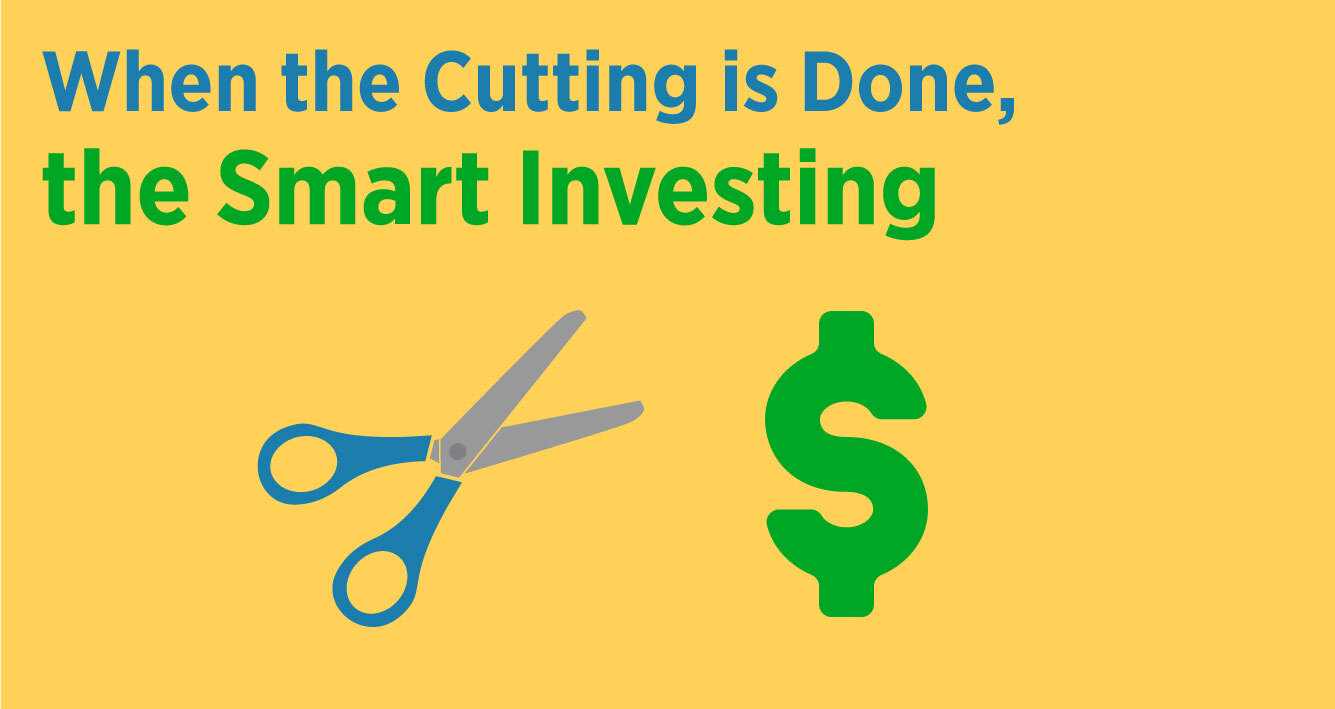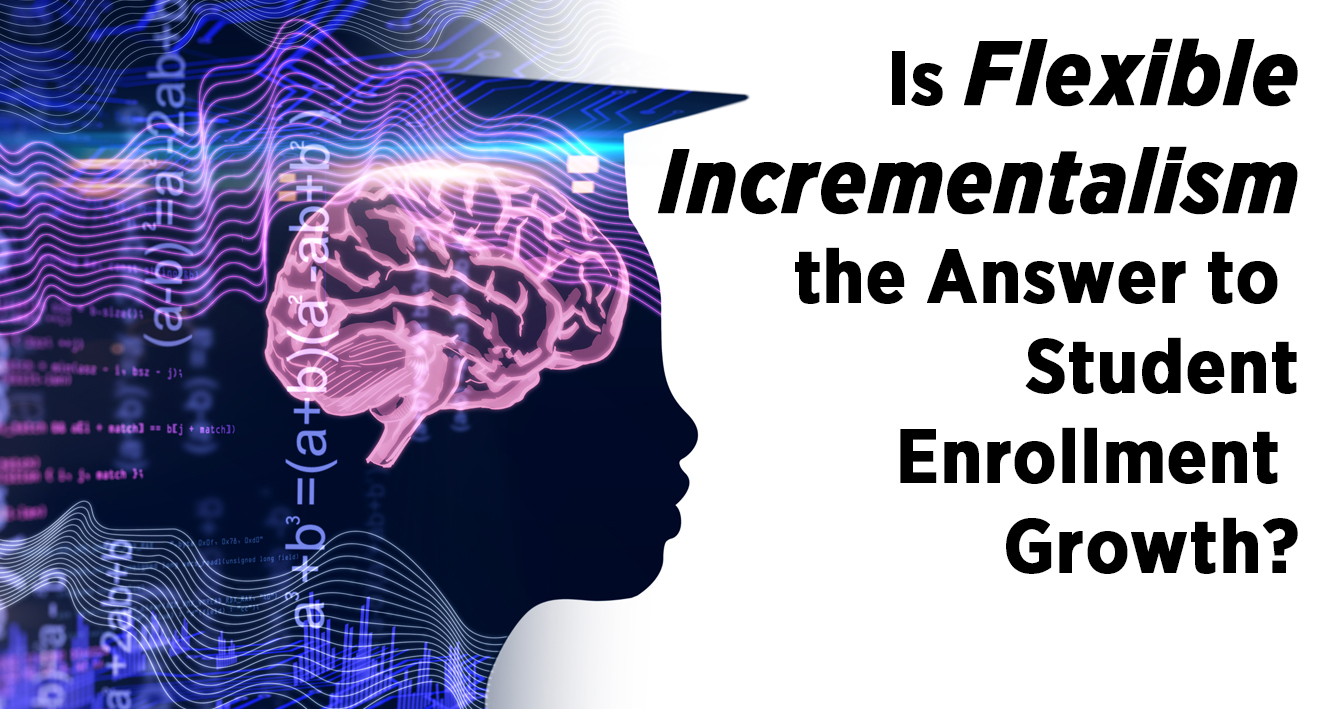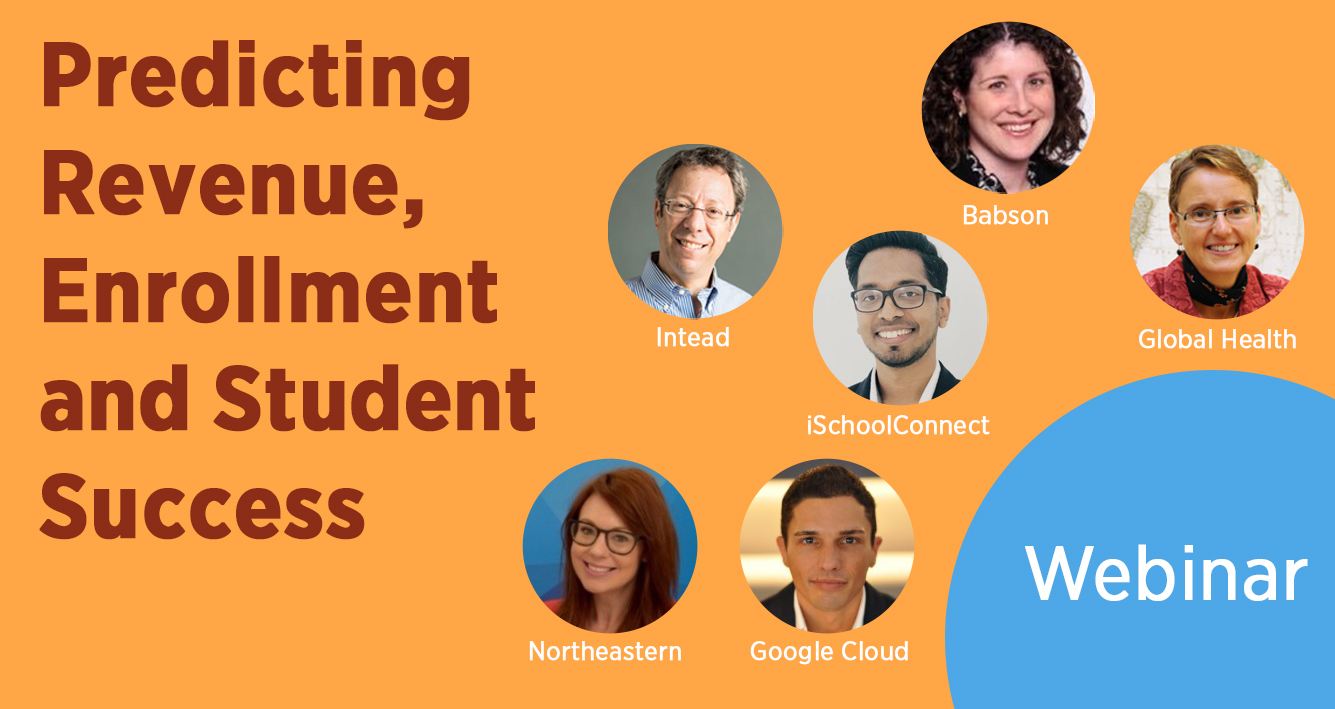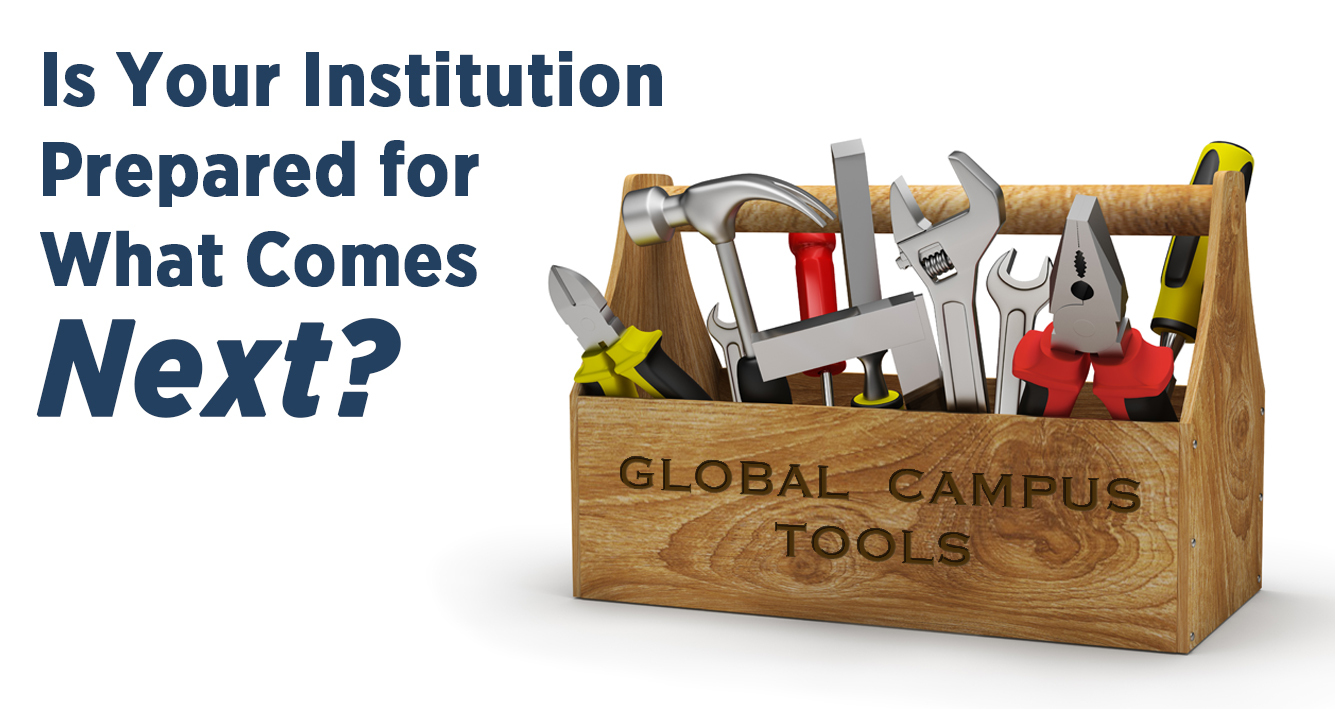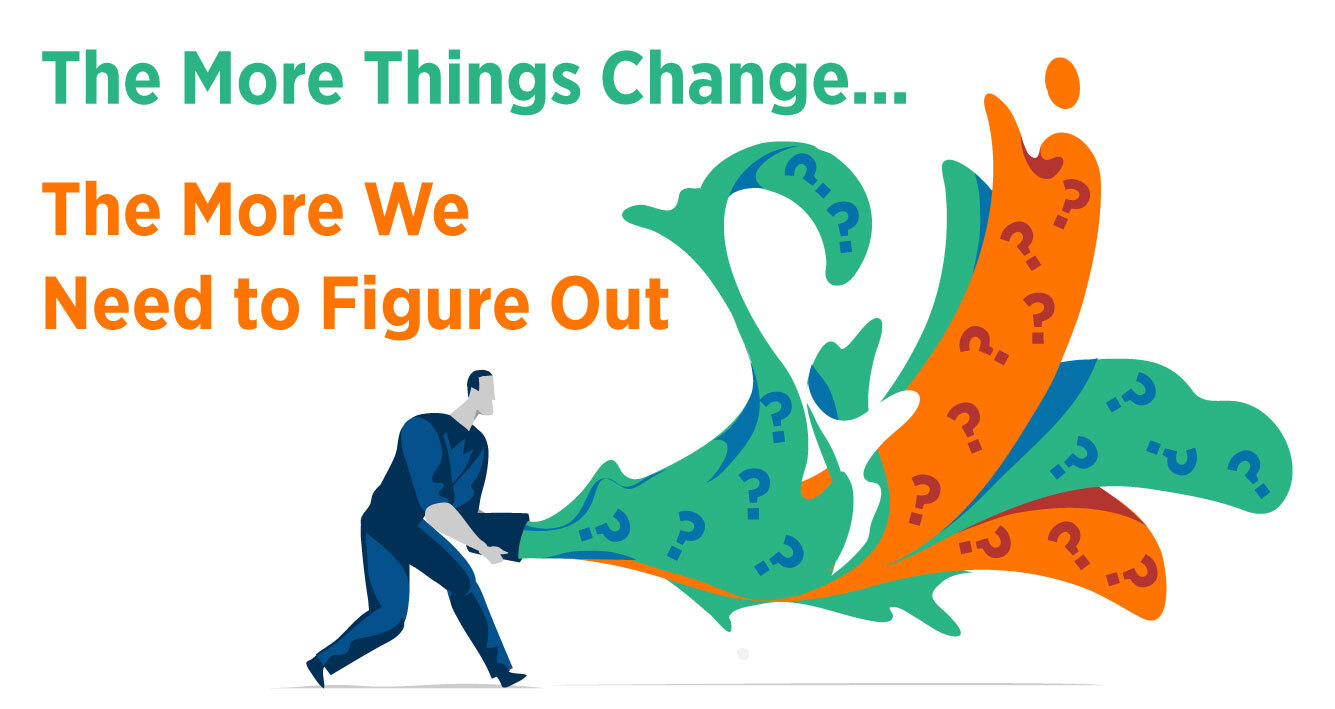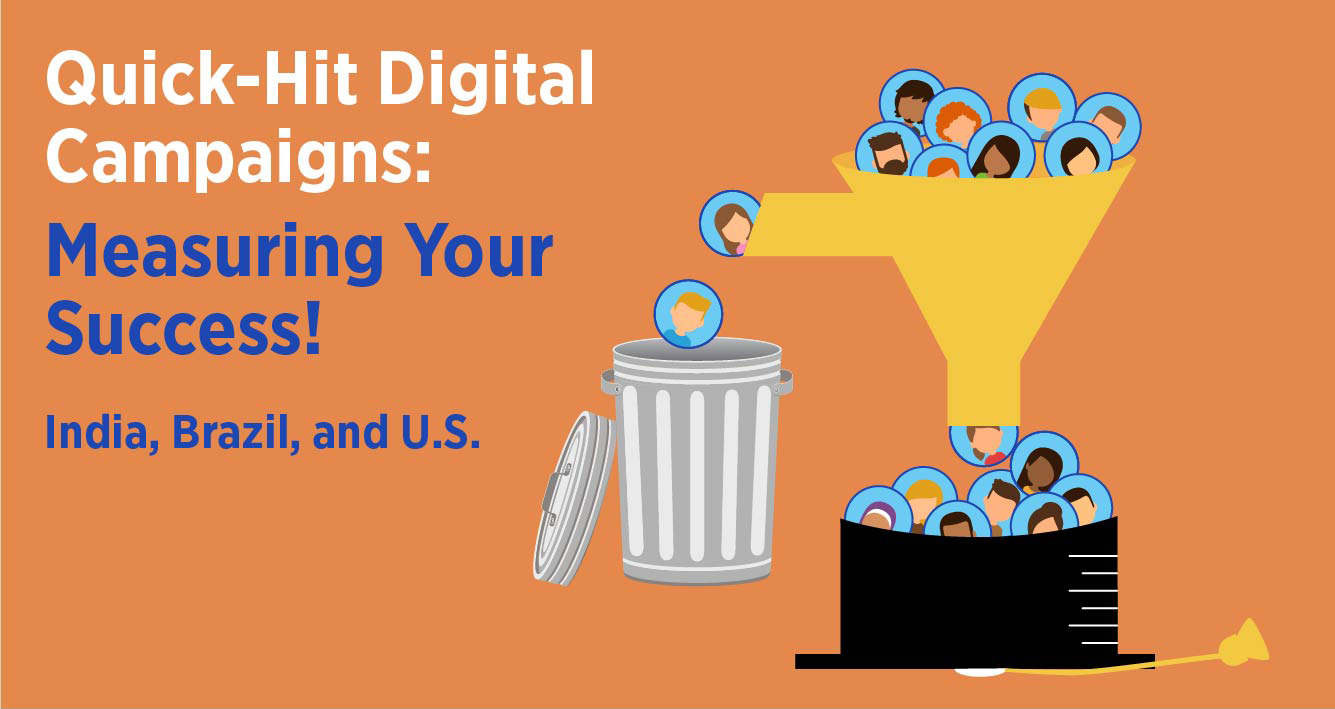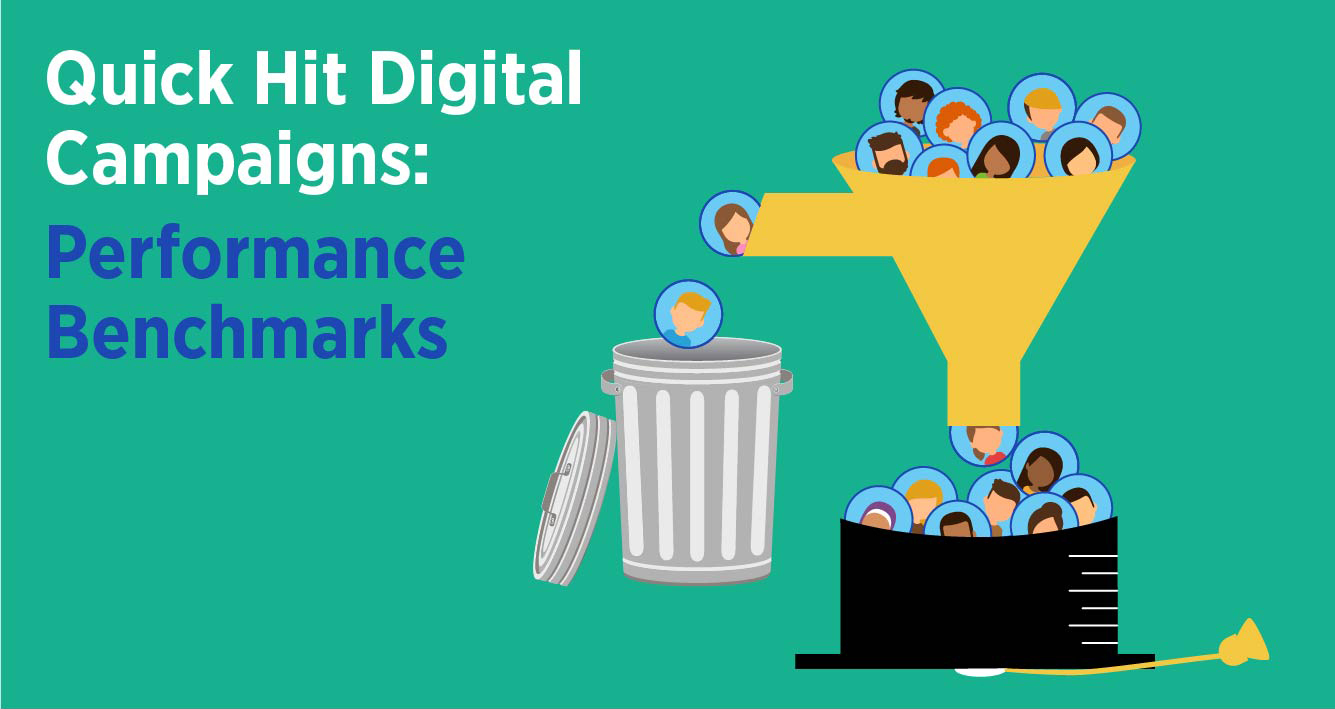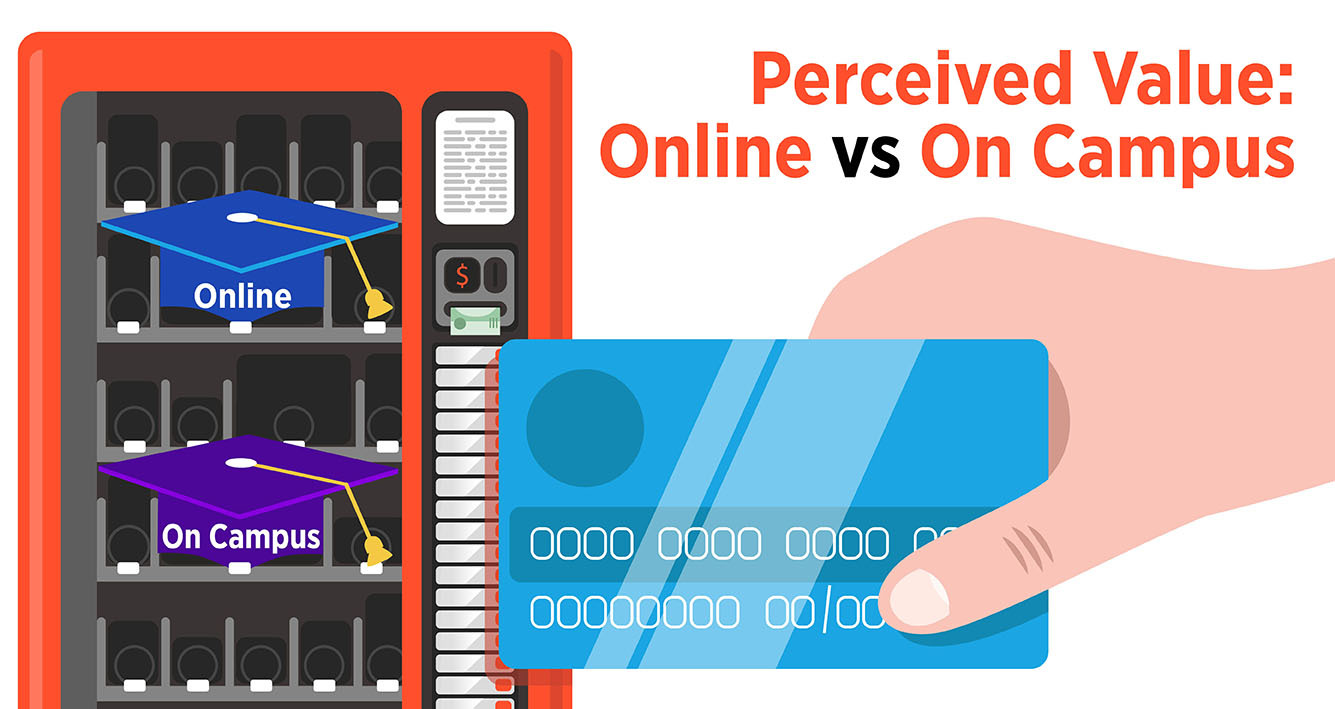How do you and your team feel as you choose technology partners and platforms? Not exactly a walk in the park, right?
We’ve worked with many institutional leaders and there are common elements of a successful process. And those common elements are not the same today as they were a decade ago. Today, institutional investments in technology follow a different path, with different expectations. Success has been modified over the years. Integrations consistently evolve.
Our point: Enrollment management upgrades are essential to your institution’s future growth. Competition for students is growing more intense with no end in sight. You need both the team and the technology to succeed at stabilizing and growing revenue, and achieving the diverse student environment that your mission statement purports.
What is this redefinition of how technology investments help universities move forward? Intead and iSchoolConnect are participating in a Chronicle of Higher Education webinar tomorrow, February 4th at 2pm Eastern, to discuss just that. All registrants will have access to the recording. So, even if you’re tethered to that critical Zoom meeting tomorrow, you can still get the inside scoop and all our best insights and advice.
The Chronicle is bringing an all-star panel to discuss the big picture. How are institutional needs assessed? How are institutional goals identified? How are technology investment decisions made? The panel features:
- Cedric Howard, Vice President for Enrollment & Student Services, State University of New York at Fredonia
- Keith W. McIntosh, Vice President and Chief Information Officer, University of Richmond
- Mary Ann Rafoth, Provost, Robert Morris University
Plus, Intead and iSchoolConnect will be adding some grounded tactical perspective with a special segment,"6 Insights in 6 Minutes", featuring:
- Ben Waxman, CEO, Intead
- Ashish Fernando, CEO, iSchoolConnect
- B. Donta Truss, Vice President for Enrollment Development & Educational Outreach, Grand Valley State University
- Derrick Alex, Director, Admissions Processing, University of Houston
All in all, this webinar will help you consider the broad range of quality available in the marketplace as you find the trustworthy technology partners you need. Many of the vendor options available do not understand the complexity and varied needs of the academic environment. We do.
Read on for a preview of those insights.
Read More



